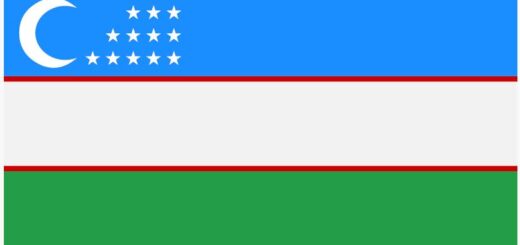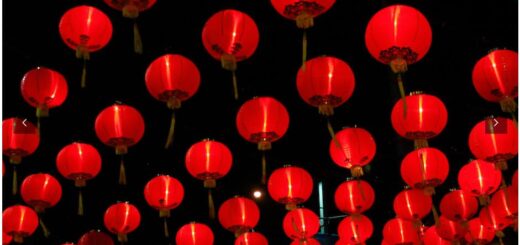Lebanon Human and Economic Geography
Population
According to PICKTRUE, the long period of political-military upheaval that affected the country between 1975 and 1990 profoundly altered the demographic structure of the Lebanon and the functioning of the local statistical survey institutes, so that the data relating to the population result exclusively from evaluations. of the United Nations. In 1998, about 3 were estimated. 191. 000 residents, with an average density of 307 residents / km ² ; in 1994 Palestinian refugees were estimated to be in the order of 500,000. Birth rates are also estimated (26,9 ‰ in the period 1990 – 95) and mortality (7, 1 ‰), as well as the growth rate (21 ‰): the last census took place in 1970. Moreover, it should be remembered that almost a tenth of the country’s territory, close to the border with Israel, still escapes the control of the Lebanese authorities, constituting a ‘security zone’ for the neighboring state, under the management of a Christian militia.
Similarly, the structure of the population from the religious point of view is poorly defined, but it is believed that the traditional numerical prevalence of Christians over Muslims has disappeared: at the distant 1932 census the numerical ratio between Christians and Muslims was 6 to 5, but already in the early Eighties the Lebanese were 57 % of the Islamic, Sunni and Shiite religion (the most consistent group, the latter, equal to about one third of the total), with an important Druze minority, and 43% % of Christian religion, with representatives of the Catholic-Maronite, Armenian-Catholic rites, of the Armenian-Orthodox, Greek-Orthodox Churches and minor groups.
Economic conditions. – The political disintegration of the country during the years of the civil war resulted in the complete collapse of the economic system. The activities that suffered the most were those related to trade and finance, which for decades had ensured the well-being and economic growth of Lebanon. Only at the beginning of the nineties the country, even if conditioned by the affirmation of Syrian hegemony, started its economic revival. To encourage reconstruction, a new government plan was launched for the period 1995 – 2007, which focuses above all on foreign investments and loans as well as on the involvement of the private sector in the reconstruction of infrastructures and on the setting up of social programs.
In the context of the economic revival, the reconstruction of the capital, Beirut, which emerged from the civil war almost completely destroyed and abandoned by a large part of the population, deserves special mention, even though it took place mostly without planning. The surprisingly rapid recovery made it possible for the residents to gradually return. The reactivation of the port and the international airport has also made it possible to restart economic activities (mainly oriented towards the tertiary sector), attracting conspicuous investments to Beirut from both the Lebanese communities abroad and European entrepreneurs in the sectors of private construction and infrastructure. International tourism, once very representative of the city’s economy, has also shown signs of recovery.
Agriculture and livestock have also come out severely tested by the war, which has led to a depopulation of the countryside, and, despite the attempts to revive them with funding from the FAO, are struggling to get out of the long crisis. The main products are cereals, citrus fruits, grapes and other fruits, vegetables, potatoes, grapevines and, although illegal, hashish.
Manufacturing activities appear to be very downsized: large companies have given way to smaller production units; the main sectors of activity are made up of agri-food, cement and tobacco processing, oil refining and the textile industry.
The tertiary sector, the one most heavily affected by the conflict, accounted for 66 % of GDP in 1987 and, according to estimates by the World Bank, for 61 % in 1997. There are therefore symptoms of recovery, even if the traditional function of Lebanon as a commercial and financial center of the Near East has gradually disappeared due to competition from other markets.
The main exported products, of a trade balance still in strong deficit, are paper, textile products, jewelery, mechanical and electrical equipment, fruit and vegetables. United Arab Emirates, Saudi Arabia, Kuwait, Syria and France are the major trading partners for exports, and Italy, the United States, Germany and France for imports.



